Report: NSA's Warrantless Spying Resurrects Banned 'Total Information Awareness' Project
 Tuesday, March 11, 2008 at 03:21PM
Tuesday, March 11, 2008 at 03:21PM  Total Information Awareness -- the all-seeing terrorist spotting algorithm-meets-the-mother-of-all-databases that was ostensibly de-funded by Congress in 2003, never actually died, and was largely rebuilt in secret by the NSA, according to the Wall Street Journal's Siobhan Gorman.
Total Information Awareness -- the all-seeing terrorist spotting algorithm-meets-the-mother-of-all-databases that was ostensibly de-funded by Congress in 2003, never actually died, and was largely rebuilt in secret by the NSA, according to the Wall Street Journal's Siobhan Gorman.
In a fantastic story Monday, Gorman pulls together threads and lays out what many have suspected and alleged in lawsuits -- the NSA is collecting and sifting through immense amounts of data about who Americans talk to, what they are interested in, how they spend their money and where they travel in order to find secret terrorism cells inside America.
The NSA is engaged in a widespread mining of so-called transactional data -- domestic telephone records, credit card purchases, travel data, international financial data, internet searches, subject lines and headers of emails -- pulling in immense data about Americans and foreigners, which it then uses to find particular targets -- or even, according to Gorman -- to decide what cities to target for blanket surveillance.
Two former officials familiar with the data-sifting efforts said they work by starting with some sort of lead, like a phone number or Internet address. In partnership with the FBI, the systems then can track all domestic and foreign transactions of people associated with that item -- and then the people who associated with them, and so on, casting a gradually wider net. An intelligence official described more of a rapid-response effect: If a person suspected of terrorist connections is believed to be in a U.S. city -- for instance, Detroit, a community with a high concentration of Muslim Americans -- the government's spy systems may be directed to collect and analyze all electronic communications into and out of the city.
The haul can include records of phone calls, email headers and destinations, data on financial transactions and records of Internet browsing. The system also would collect information about other people, including those in the U.S., who communicated with people in Detroit.
The information doesn't generally include the contents of conversations or emails. But it can give such transactional information as a cellphone's location, whom a person is calling, and what Web sites he or she is visiting. For an email, the data haul can include the identities of the sender and recipient and the subject line, but not the content of the message.
The NSA has been working closely with the FBI, using the FBI's authority to get transactional records without court approval using a National Security Letter. The FBI issued some 47,000 of these in 2005, and according to the Justice Department's inspector general and the head of FBI, FBI employees abused this power from 2003-2006 to issue letters they had no authority to issue to gather information on Americans.
The NSA, according to the story, also works with the Digital Collection System, also known as DCS, an extensive phone and internet surveillance network developed by the FBI that reaches into the nation's telecommunication switches to make it simpler for the government to wiretap criminals and suspected terrorists or spies. (To learn more about how this network operates see Point, Click ... Eavesdrop: How the FBI Wiretap Net Operates.)
That's a very interesting nugget -- since DCS contains 3 separate software components - one for collecting numbers a suspected criminal calls or is called from, one for wiretapping the contents of a criminals' phone calls, and a secretive third component, known as DCS-5000, that is used for wiretapping suspected spies or terrorists.
However, it's not clear in what way the NSA interacts with that system -- perhaps the NSA turns to that system for the endpoints of its data-mining when they have a particular target or set of targets in mind.
What Gorman is laying out here is really important -- and doesn't differ much from Seymour Hersch's 2006 story on what the NSA is doing in terms of "Six Degrees of Separation" type analysis. The Administration did not simply decide to warrantlessly wiretap a few thousand people using wiretaps inside the United States.
Instead they ran every American through their algorithms, searching for targets in our phone calls and internet searche, trying to make sense of who called who, in order to find some sleeper cell inside the United States. The FBI was seemingly complicit -- and began its own or related data-mining of Americans' social networks -- even as its agents complained of getting thousands of bogus leads from the NSA.
That is to say the Bush Administration ordered NSA turned its formidable capabilities upon Americans.
And now the Congress is set to legalize, bless and grant amnesty to this drift-net program.
There's been no real debate in Congress or in the press about whether the government should be allowed to track every Americans phone calls, emails and web browsing.
The debate shouldn't be about whether the government can wiretap purely foreign to foreign phone calls without court approval, since as we've just learned, that's never been the case.
But the Administration, including the supposedly non-partisan Office of the Director of National Intelligence and the Justice Department, have been content to allow their surrogates to warp public debate with furious and false statements about what the government can and cannot do to spy on suspected terrorists and why companies that violated Americans' privacy rights wholesale should be freed from the lawsuits pending against them.
Hopefully, Gorman's piece will change the debate.








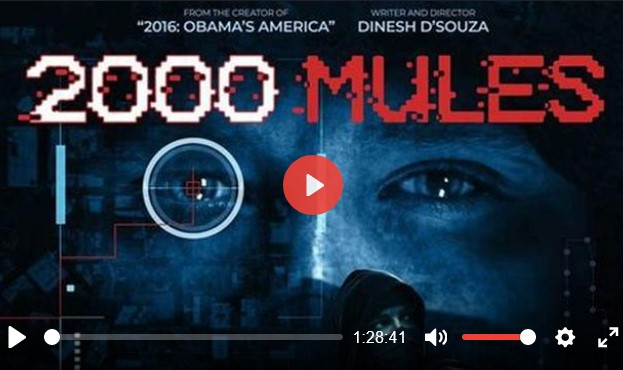









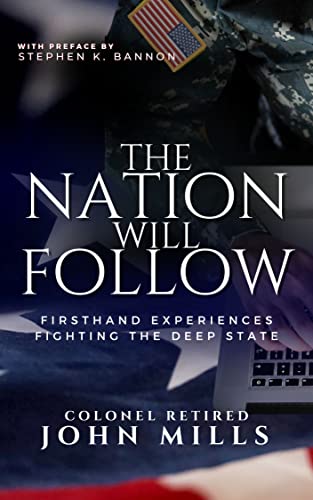



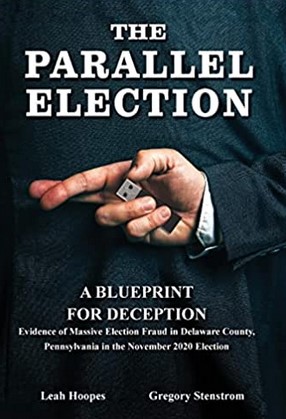



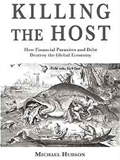

















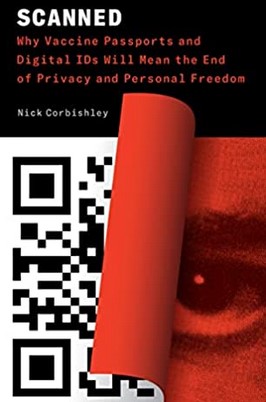








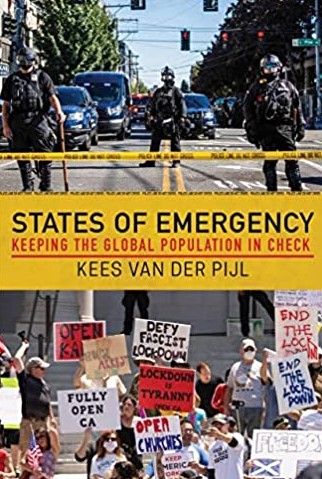




















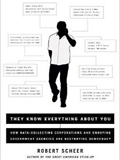

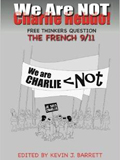



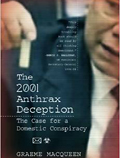


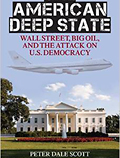



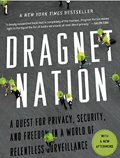




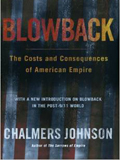














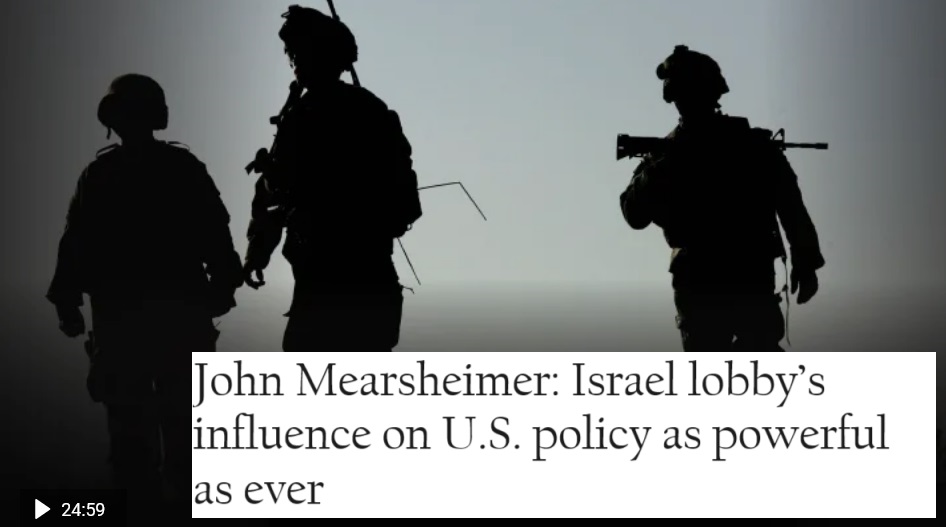
























Reader Comments